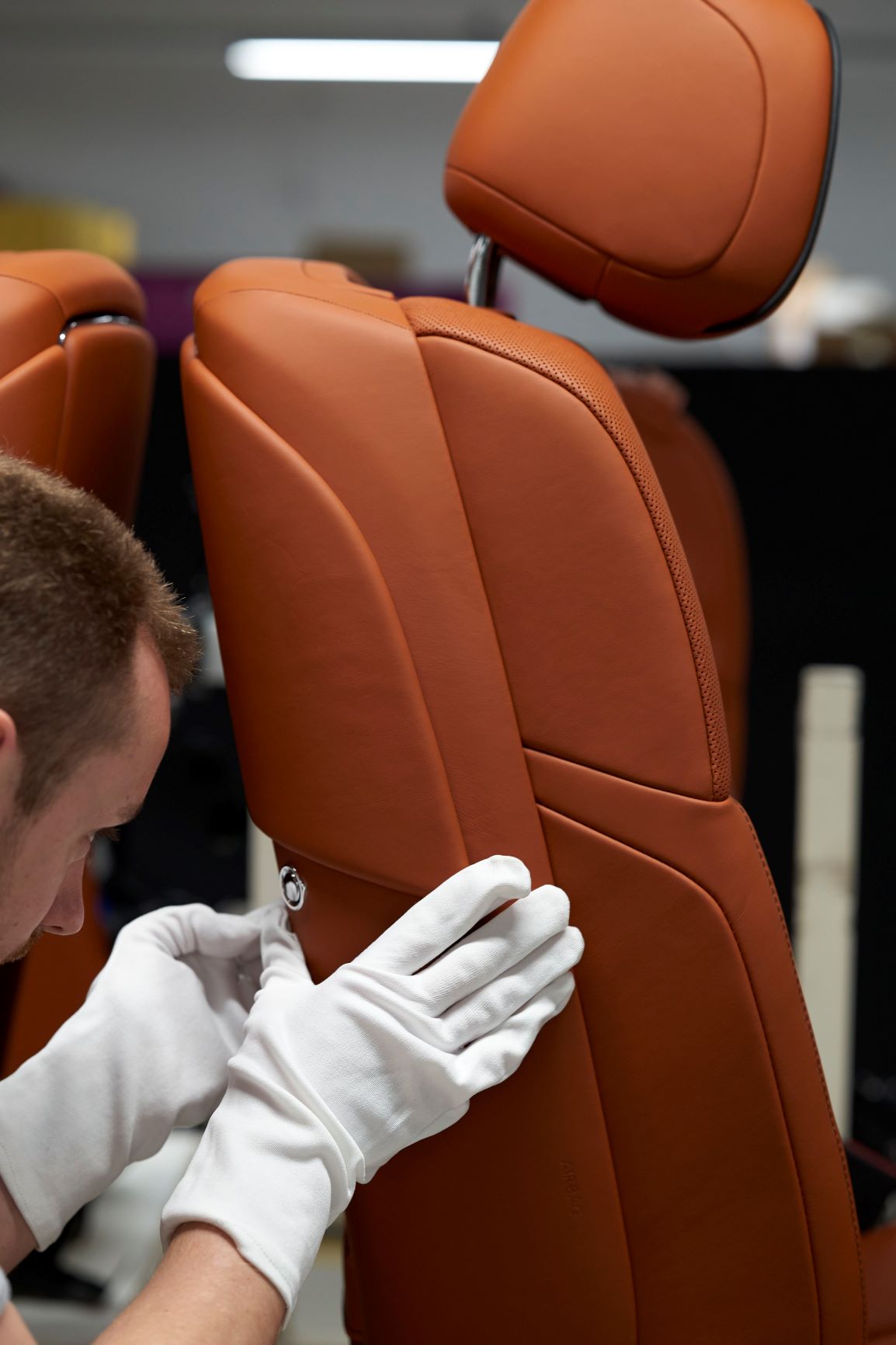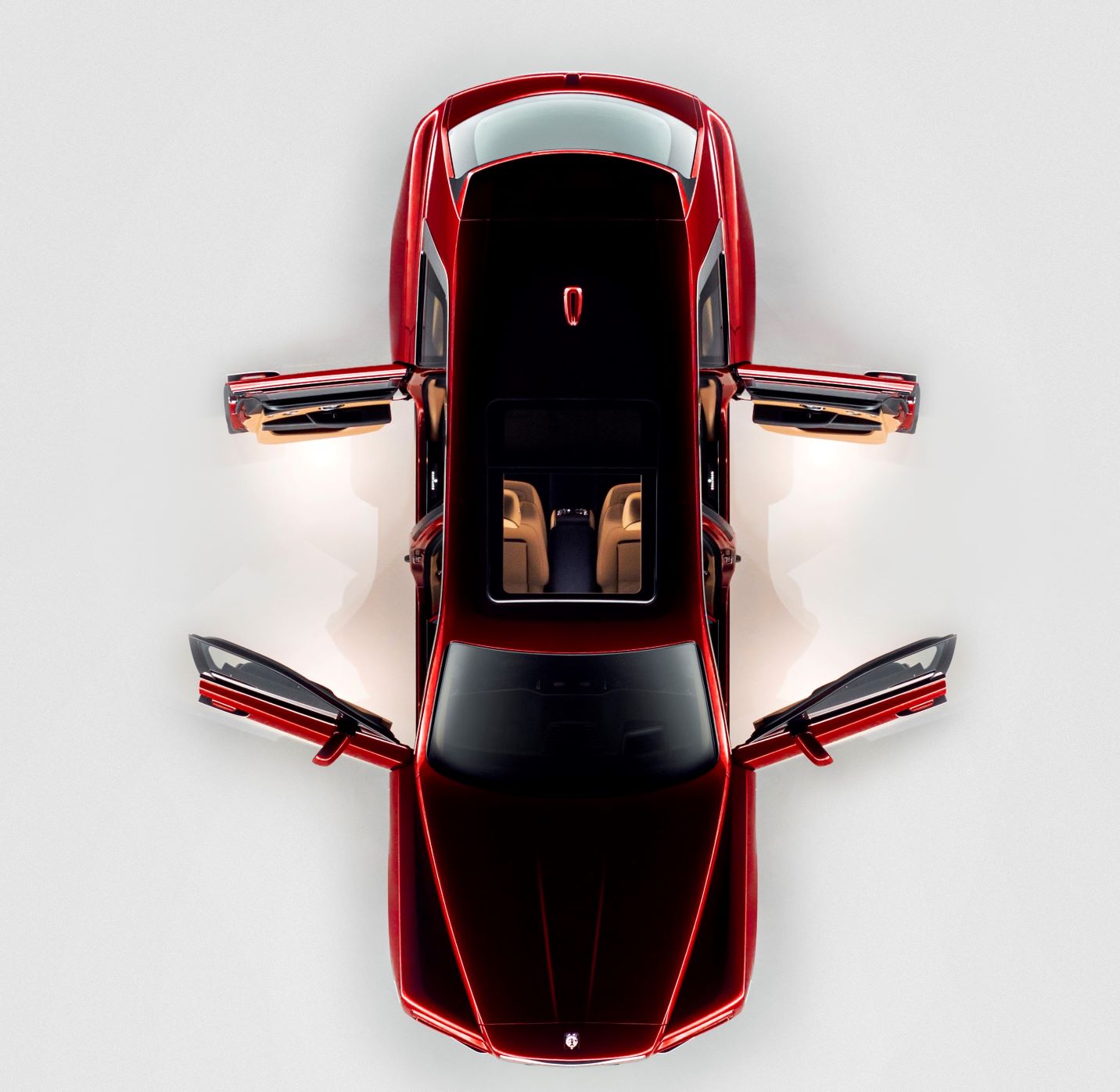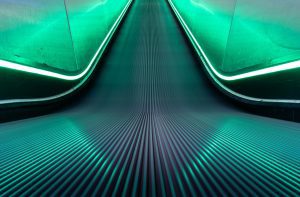How the pursuit of perfection has kept the luxury automaker at the forefront of its industry.
Written by Popi Bowman
Innovation drives the business world, especially today, but you can often hear mumbles of wishing for “the way things used to be.” Nostalgia beckons, while technology now permeates almost every aspect of our lives, from “smart” thermostats to the advent of self-driving cars. According to some reports, autonomous vehicles will almost completely eliminate traffic snarls and accidents in the near future (conservative estimates say 10 to 15 years) – never mind the legislative and technological hurdles, which are significant. Last year, the president of Global Automakers of Canada told The Globe and Mail that navigating the regulation process for self-driving cars was a “jurisdictional quagmire.” Plus, recent fatal incidents (we’re looking at you, Tesla) have put the brakes on some of the enthusiasm for our Blade Runner-esque future. Then again, Elon Musk said, “If things are not failing, you are not innovating enough.” That might explain why a Tesla suddenly burst into flames while driving in L.A. traffic this summer. So at what point do we sacrifice quality for innovation?


In our rush to bring tomorrow closer, we might want to pause and take a look at where we started. Some companies live by this rule, such as Rolls-Royce, which still adheres to the company motto put in place by its founders (who established the brand in 1906): “Strive for perfection in everything we do.” CEO Torsten Müller-Ötvös explains the quest for perfection as one of the primary reasons that Rolls-Royce is not in a rush to include autonomous features in its vehicles, which require at least 800 hours to manufacture, mostly by hand (the leather upholstery alone takes 17 days to install); the average factory-built car takes less than 20 hours to assemble. On the higher end of the production scale, an Audi R8 takes approximately 70 hours because more than 5,000 parts are mostly hand-fitted.
“Autonomous drive is interesting at a point when it is really technically satisfying, so that it is effortless for our customers,” says Müller-Ötvös, “and then I would say it’s definitely something you could also see in a Rolls-Royce, but not yet. It needs some more stages to go through to be ready for our cars. We take our time to make things right.” Not only that, but parent automaker BMW Group (which acquired Rolls-Royce in 1998) is on the cusp of electric and autonomous innovation, so the luxury coachmaker benefits from being under the umbrella of one of the industry’s foremost innovators. That means they can still focus on perfection.


“I’d bet you, that if you called one of our employees in the middle of the night and said, ‘What is our ethos?’ he would tell you, ‘Strive for perfection’ – really, and you feel it, and you sense it, when you talk to our craftspeople, when you see how they do it. This business is not a typical car business – it’s more that people are buying a piece of art,” Müller-Ötvös explains. “Luxury goods in the future will all be highly, highly individual. You see the same happening with watches, where you can easily find timepieces around $2 million and even more. That’s the reason we’ve invested massively in bespoke – I would even say that Rolls-Royce is bespoke, bespoke is Rolls-Royce. Your imagination is our limit. I would even dare to say, that without bespoke, Rolls-Royce would not exist.”
Of course, you pay a fine price for design exclusivity. A client recently requested the ultimate bespoke one-off, a four-year project that resulted in the yacht-inspired “Sweptail,” rumoured to cost close to $17 million (the most expensive new car ever sold), though Rolls-Royce won’t confirm the exact price. Considering that the base Cullinan – the company’s first-ever SUV – starts in the range of $428,000, when you compare it against some of the multi-million-dollar supercars on the market, you can almost say it’s a bargain, at least in the realm of opulent status symbols. When Müller-Ötvös talks about the Cullinan, instead of boasting about high-tech features, he notes that one of its “firsts” is a folding bench seat – not a computerized marvel by any stretch, but a revolutionary step for Rolls-Royce.
Yes, the supreme luxury chariot maker is preparing for the electric revolution, with plans to have fully electric models by 2040, but there won’t ever be a hybrid. In essence, why mess with halfway when absolute perfection is your mandate? Why innovate for the sake of innovation, and not for perfection? Perhaps Jerry Shen, CEO of computer-maker ASUS, said it best when he told CNET: “Innovation without perfection isn’t innovation.”








